Many areas of mangrove forests in Que Phong district have dried up. Photo: PV
The lancea tree, a typical species of the bamboo family, has long been an indispensable part of the forest ecosystem in the highlands of Nghe An . However, recently, the phenomenon of mass death of lancea trees has been occurring in many forest areas. Especially, in the buffer and core forest areas of Pu Huong and Pu Hoat Nature Reserves.
Mr. Nguyen Van Hung - Chairman of the People's Committee of Binh Chuan Commune, Con Cuong District, said: Currently, in the commune, there are more than 400 hectares of bamboo trees distributed interspersed with other forest trees, while the phenomenon of bamboo trees dying (also known as "dead button") is occurring. To respond to this situation, the commune has organized a meeting with the management boards of villages contracted to protect the forest. At the same time, the forest fire prevention and fighting force (PCCCR) has also been assigned and arranged to be on duty in key areas, especially sub-areas with bamboo trees and dead button, where there is a high risk of forest fires.
Forest rangers from the Pu Huong Nature Reserve Management Board inspect the dry, dead forest. Photo: PV
According to Mr. Vo Minh Son - Director of Pu Huong Nature Reserve Management Board, the phenomenon of mass death of cypress trees, which is called "death" by local people, is actually the natural growth process of bamboo species such as bamboo, meter, and cypress. After a growth cycle, the mother tree will die, creating conditions for new shoots to continue to grow. This is a normal life cycle of this tree species.
However, when this phenomenon occurs on a large scale, it increases the risk of forest fires, especially in the prolonged hot weather conditions accompanied by Lao winds in April and May every year. In this situation, the Management Board of Pu Huong Nature Reserve has urgently zoned areas at high risk of fire, and identified key fire spots to deploy forest fire prevention and fighting forces in villages and forest gates.
Some areas of forest are dry and at high risk of fire. Photo: PV
Along with monitoring activities, this unit has also closely coordinated with local authorities in fire prevention and fighting propaganda. One of the important solutions is to organize law dissemination sessions, sign fire prevention and fighting commitments with communities in buffer zones, raise people's awareness in forest protection, not to burn fields or carry out activities using fire in the forest, especially during the hot season. In addition, fire prevention and fighting plans have also been fully prepared, ready to deal with forest fire situations when they occur.
In a similar situation, hundreds of hectares of natural cypress trees in Pu Hoat Nature Reserve are dying on a large scale, posing a high risk of forest fires as the hot season approaches. According to the Management Board of Pu Hoat Nature Reserve, the scattered death of cypress trees occurs mainly in the protective forests and production forests of the buffer zone of Tien Phong, Thong Thu, Dong Van communes, Que Phong district. The most serious areas of cypress trees dying are concentrated in sub-regions 5, 9, 10, 11, 22, 41, 48 along the Vietnam - Laos border, especially in Thong Thu commune.
Through inspection, the authorities discovered that in the border area on the Lao side, people were clearing fields near the border, creating a risk of fire spreading to the Vietnamese area. With hot weather and Lao winds in the summer, the risk of forest fires from these areas becomes more serious.
Dry forest area in Nga My commune, Tuong Duong. Photo: PV
In response, Director of Pu Hoat Nature Reserve Management Board, Mr. Nguyen Van Sinh said: Pu Huong Nature Reserve Management Board has deployed forest fire prevention and fighting measures, especially in areas with high risk of fire. Forest fire prevention and fighting forces have been deployed 24/7 in villages, forest gates and areas with dead fir trees.
In addition, the Management Board also coordinated with local authorities to organize propaganda sessions to raise public awareness of forest fire prevention and control, especially not to burn fields or carry out activities using fire during the hot season. At the same time, the Management Board also coordinated with Thong Thu Border Guard Station to strengthen propaganda on forest fire prevention and control in border areas, thereby calling on people on both sides of the border to comply with forest protection measures.
Mr. Tran Anh Dung - Deputy Head of the Que Phong District Forest Protection Department, said that up to now, the whole district has more than 1,000 hectares of dead linden trees. The forest rangers have coordinated with forest owners and local authorities to inspect areas of dead linden trees and those at high risk of fire, and to increase patrols and monitoring.
Forest rangers regularly guard the area to prevent fires in the dry bamboo forest. Photo: PV
The units also requested the communes to prepare well for on-site fire prevention and fighting, with the active participation of local people. Propaganda work was focused on raising community awareness in forest protection, while requiring people to comply with regulations related to burning in the forest.
Authorities and local governments need to continue to coordinate closely, strengthen propaganda, and prepare sufficient forces and means to be ready to respond when forest fires occur. At the same time, it is necessary to raise public awareness in forest protection and not to use fire in forest areas during the hot season.
AD Advertisement
Source: https://baonghean.vn/nhieu-rung-lung-o-nghe-an-chet-kho-nguy-co-chay-rung-cao-10298709.html



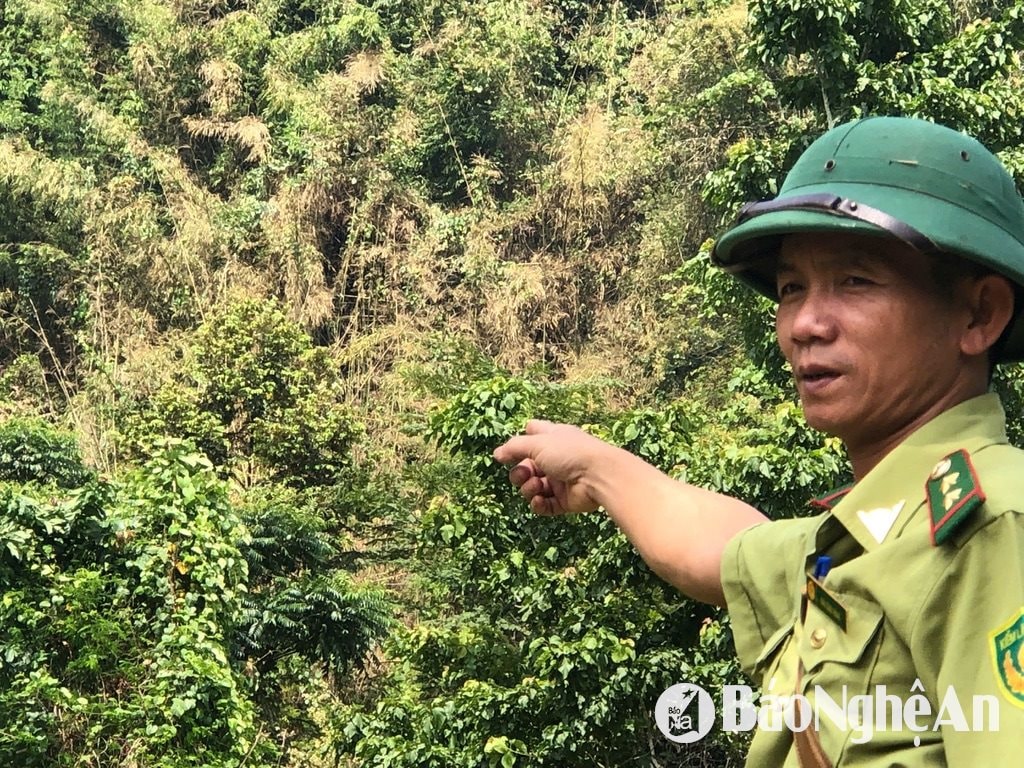
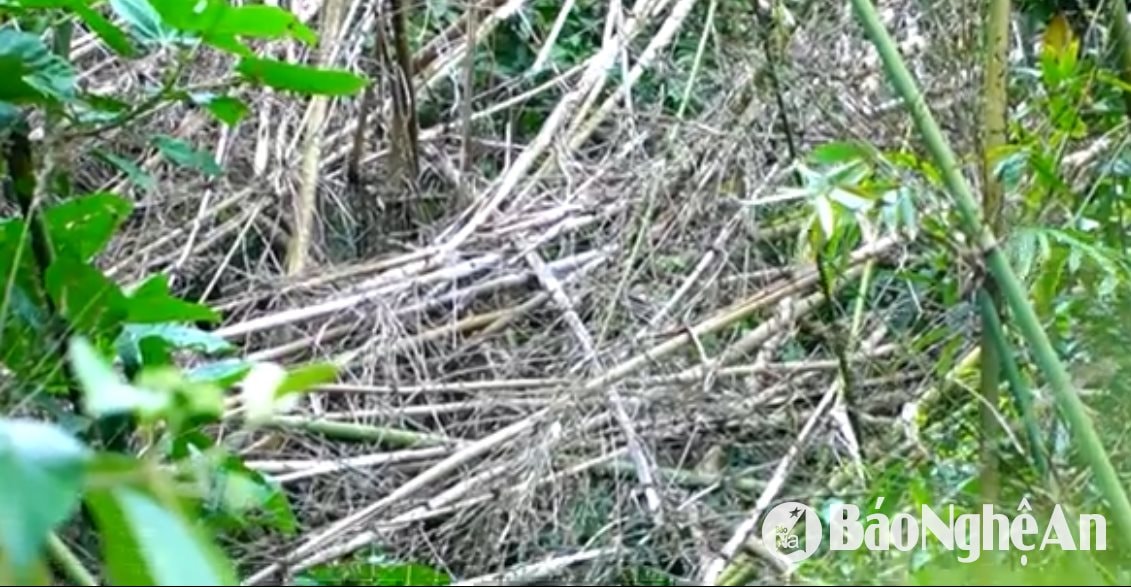
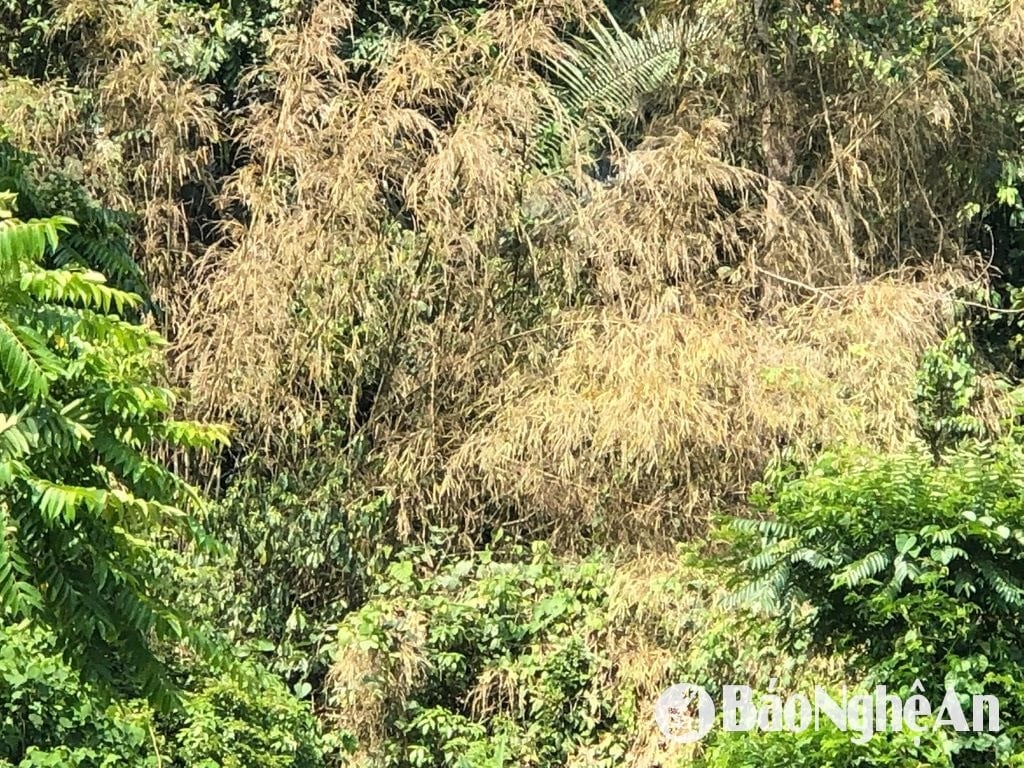
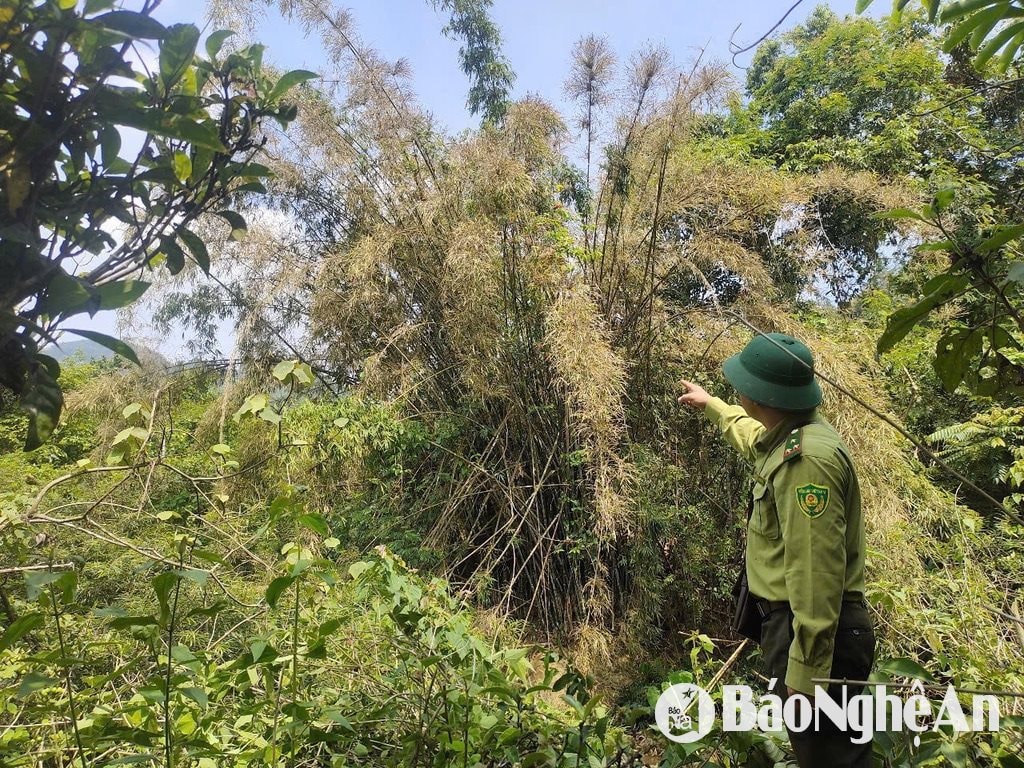










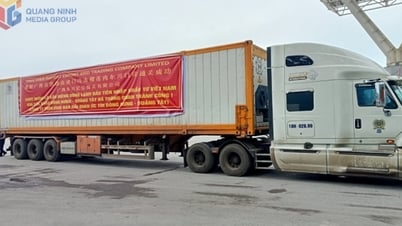











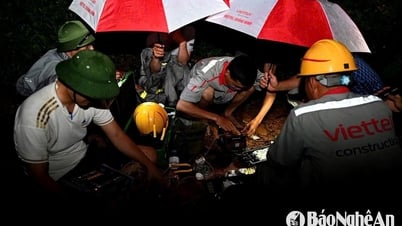


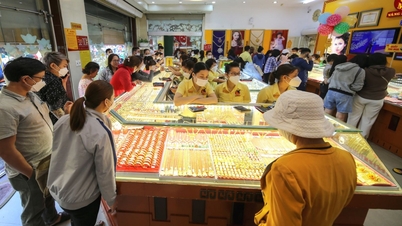































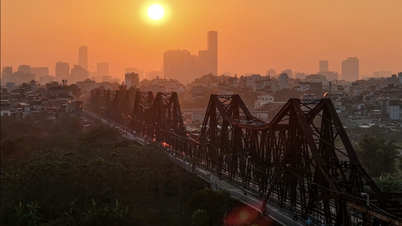

















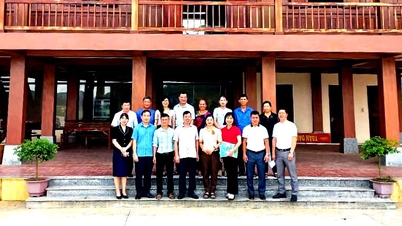

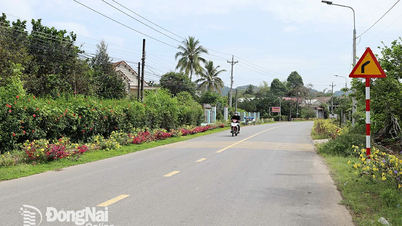












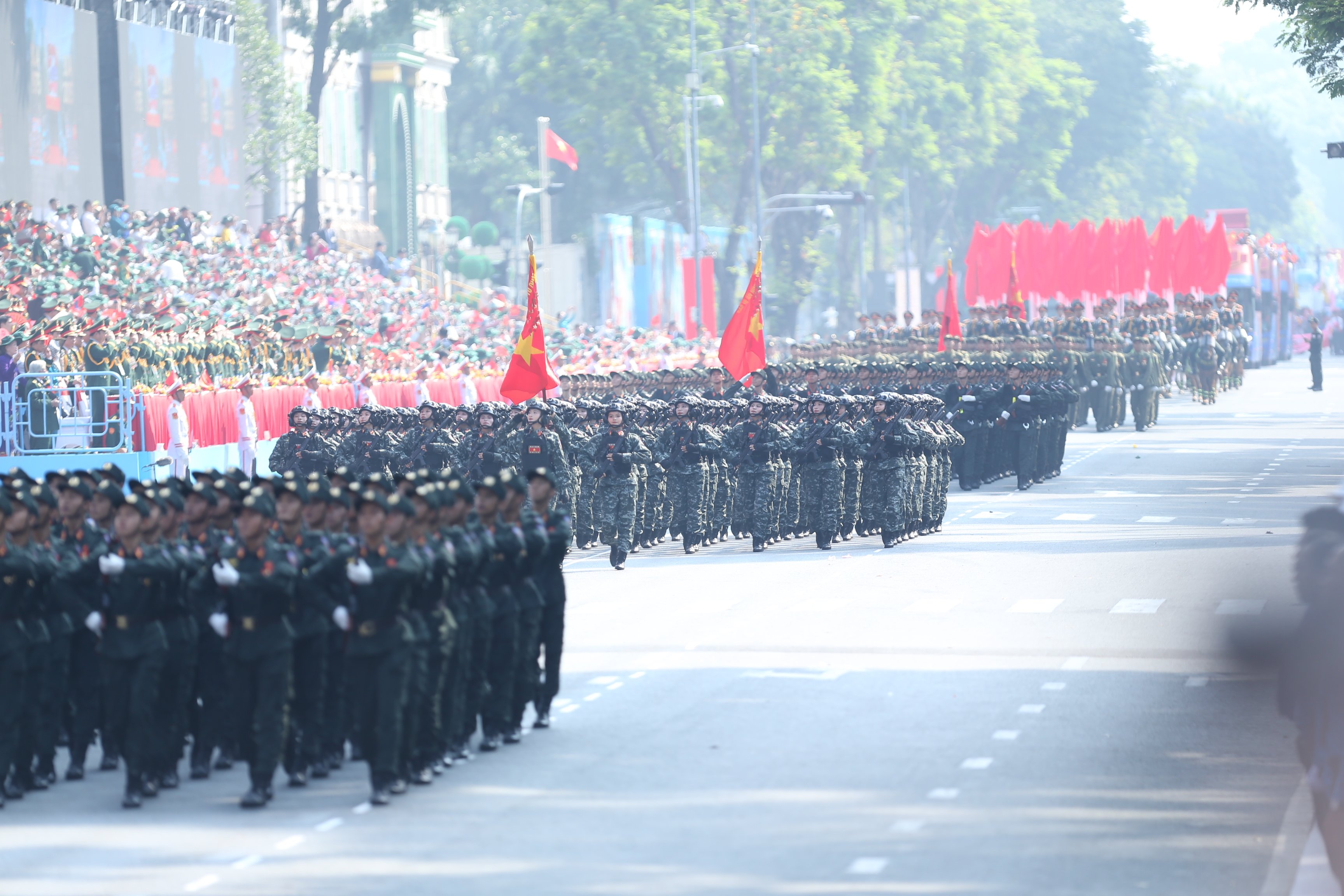



Comment (0)